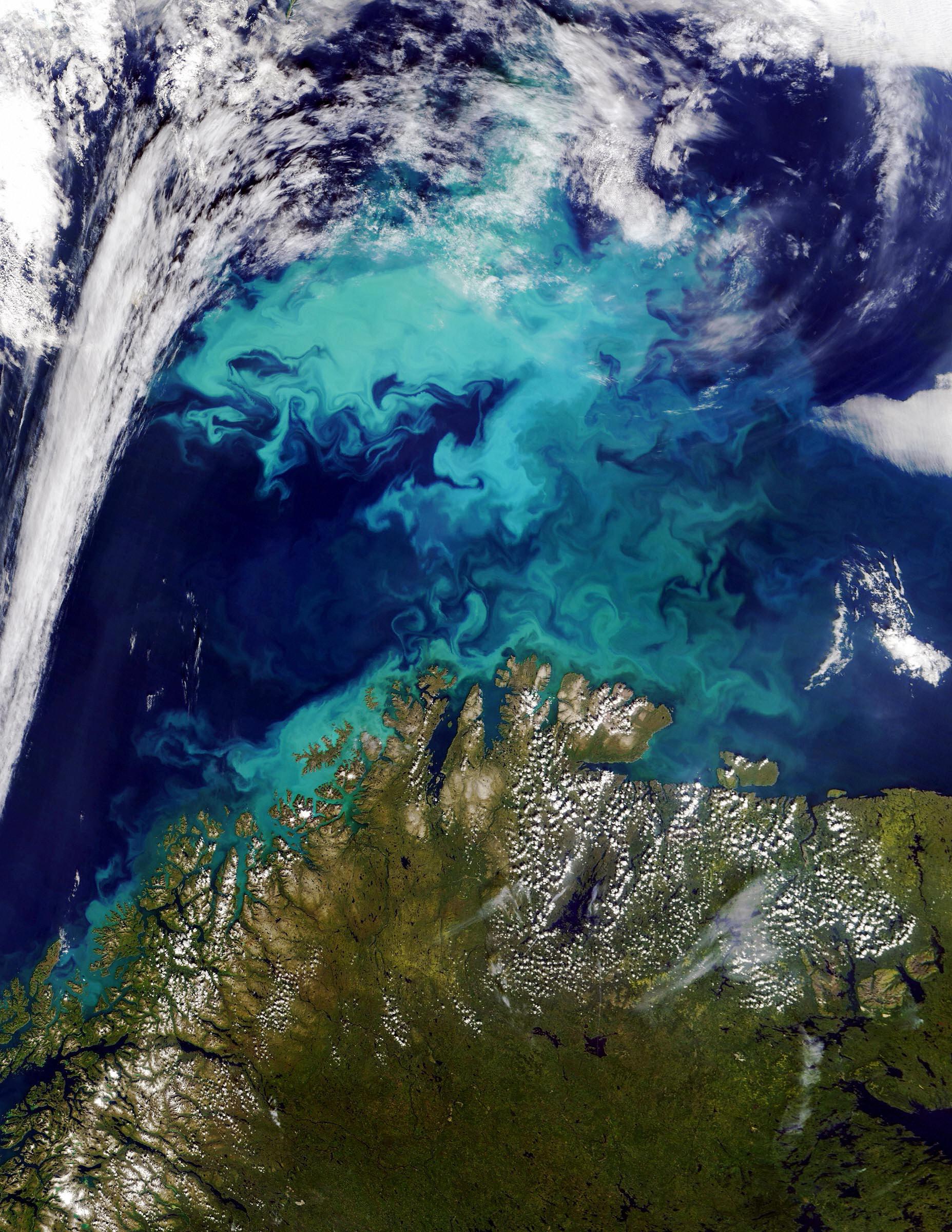Ocean plankton bloom in the North Atlantic
Scientists discover the reason behind blooming ocean plankton in the North Atlantic.
Plankton in the North Atlantic blooms due to swirling ocean currents, say scientists.
In a study published in the journal Science, researchers tackled the question of why these tiny colorful plants bloom each spring.
According to the study, the swirling currents on the ocean's surface, known as eddies, help keep the plants afloat and prompt their growth, said Phys Org.
The research showed that plankton begins to bloom even before the sun is strong enough to create photosynthesis.
"Our results show that the bloom starts through eddies, even before the sun begins to warm the ocean," said study author Amala Mahadevan of the Woods Hole Oceanographic Institution, reported OurAmazingPlanet.
More from GlobalPost: Old problems plague New India
Though photosynthesis still seems to play a role in the blossoming, the study results were a surprise.
“Every undergraduate who takes an introductory oceanography course learns about the ecological and climate significance of the North Atlantic Bloom—as well as what causes it,” said researchers in the study, according to the Bunsen Burner.
“This study reminds us that, when it comes to the ocean, the things we know hold some big surprises.”
Ocean plankton are hugely valuable in supporting sea life and sucking in the greenhouse gas carbon dioxide.
Each spring the plants bloom into vivid colors that can be seen from space.
